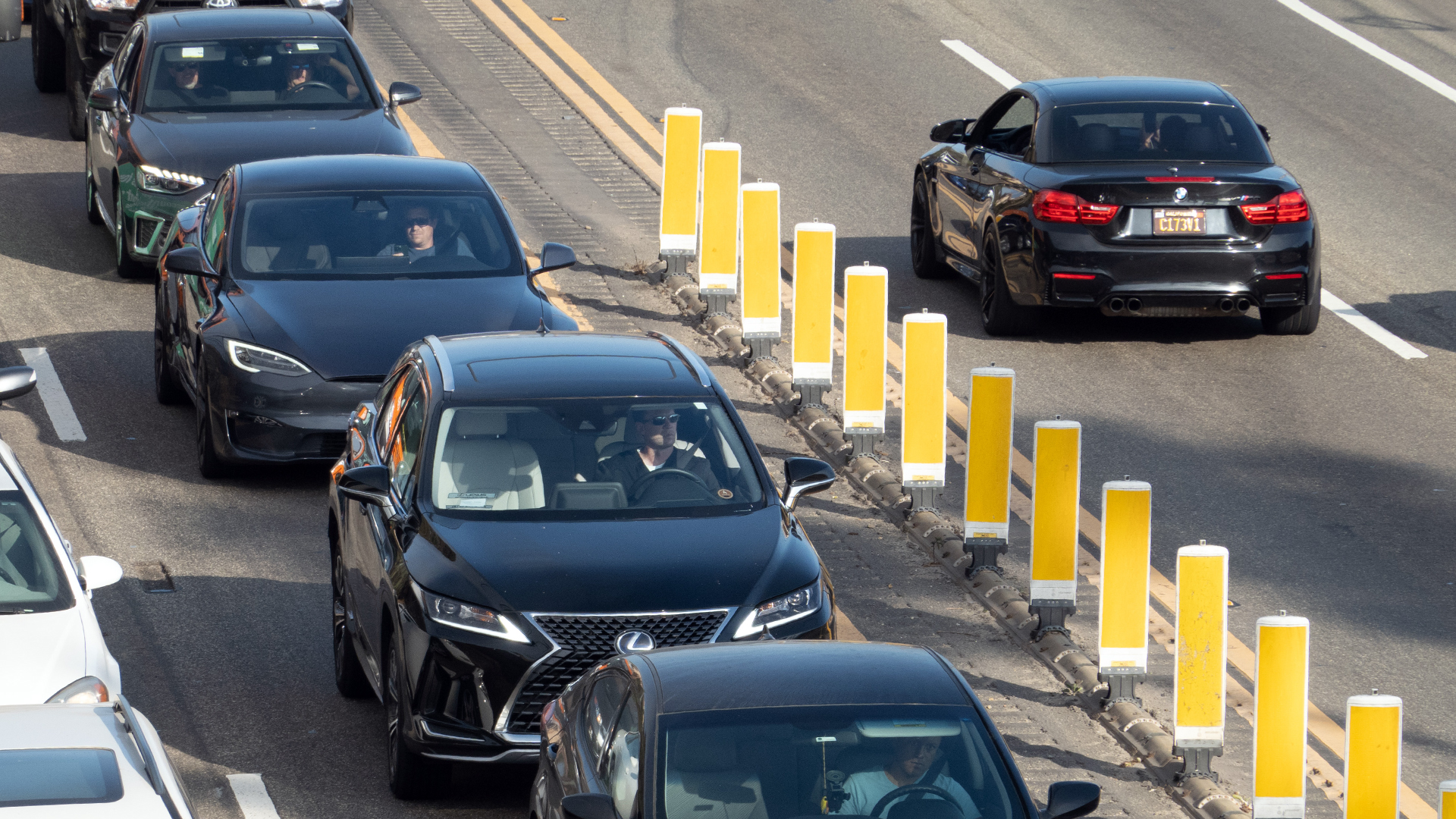

California could set an automotive precedent with a new rule. If Governor Gavin Newsom signs Senate Bill 961 by the end of September, many new vehicles sold or leased in the Golden State from 2030 onward will have to include a driver alert to discourage speeding. It’s not a speed restrictor being discussed here, but a “brief, one-time” audio and visual warning more like the seat belt chime your car already has.
SB-961 was introduced at the beginning of this year, then amended and discussed a few times, and has now passed through the state’s senate (26 in favor to 9 opposed) onto the assembly floor (47 in favor, 17 opposed). Next, the governor can sign it into law or veto it. If he vetoes, the legislature has 60 days to try to override it, if it wishes.
The exact language of what California may mandate is this:
“… commencing with the 2030 model year, every passenger vehicle, motortruck, and bus manufactured, sold as new, or leased as new in the state to be equipped with a passive intelligent speed assistance system, as specified, that would utilize a brief, one-time, visual and audio signal to alert the driver each time the speed of the vehicle is more than 10 miles per hour over the speed limit.”
A “passive intelligent speed assistance system” is also defined, as:
“… an integrated vehicle system that determines the speed limit of the roadway that the vehicle is traveling on, and utilizes a brief, one-time visual and audio signal to alert the driver each time they exceed the speed limit by more than 10 miles per hour.”
Motorcycles and some large trucks would be exempt. It’s also significant that vehicles without a front-facing camera or GPS would be exempt. In other words, this law wouldn’t force lower-spec cars to adopt expensive new hardware.
So while you may have seen discussions of speed restrictors or active measures that do things like limit gas pedal travel, that’s not on the table here. It seems unlikely that implementing this would add any real engineering burden on automakers. How annoying the actual alert ends up being in practice will be up to car companies, though the fact it’s described as a one-time signal rather than an incessant, repeating one (like those used for seat belt warnings) is a relief. Interestingly, the Insurance Institute for Highway Safety (IIHS) published a survey a few months ago indicating that many drivers were not as staunchly opposed to this idea as, say, driving enthusiasts might expect.
Got tips? Send ’em to tips@thedrive.com